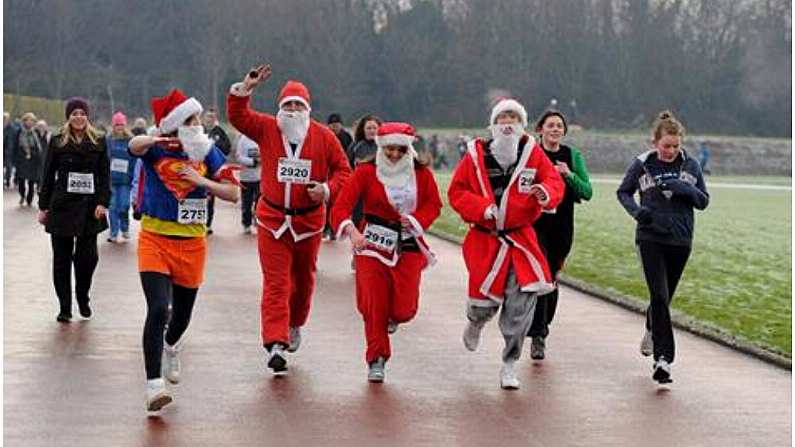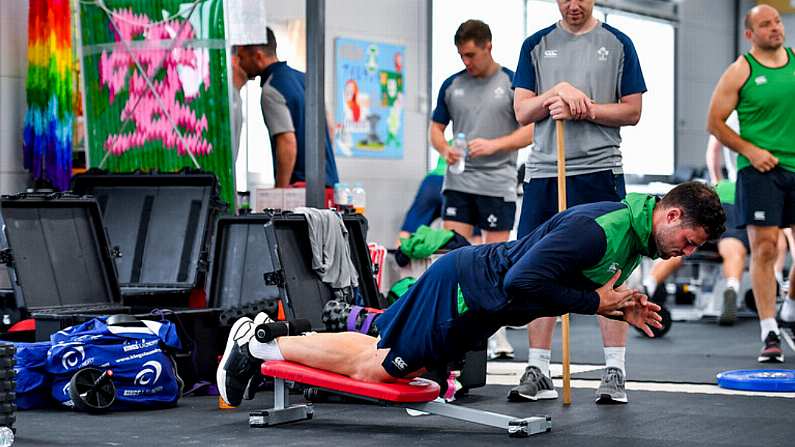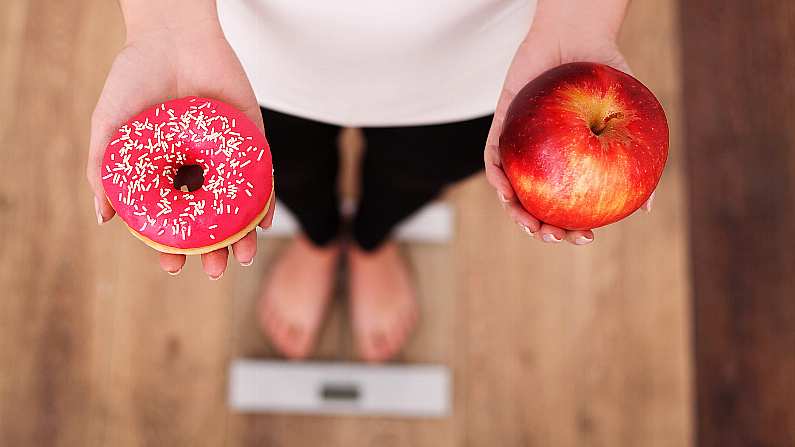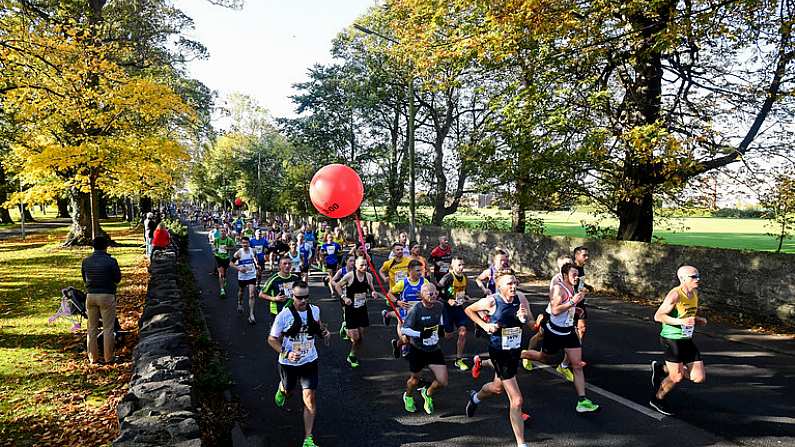Training and recovery are often separated into two distinct but interlinked areas. However, when it comes to mobility, they are very much one and the same.
Mobility is a means of eliminating pain, enhancing athletic performance and minimising injury. In terms of improving it, there has never been as helpful a tool as the internet. Unfortunately, it is a double-edged sword. For all the good, there is bad. You need to know where to look.
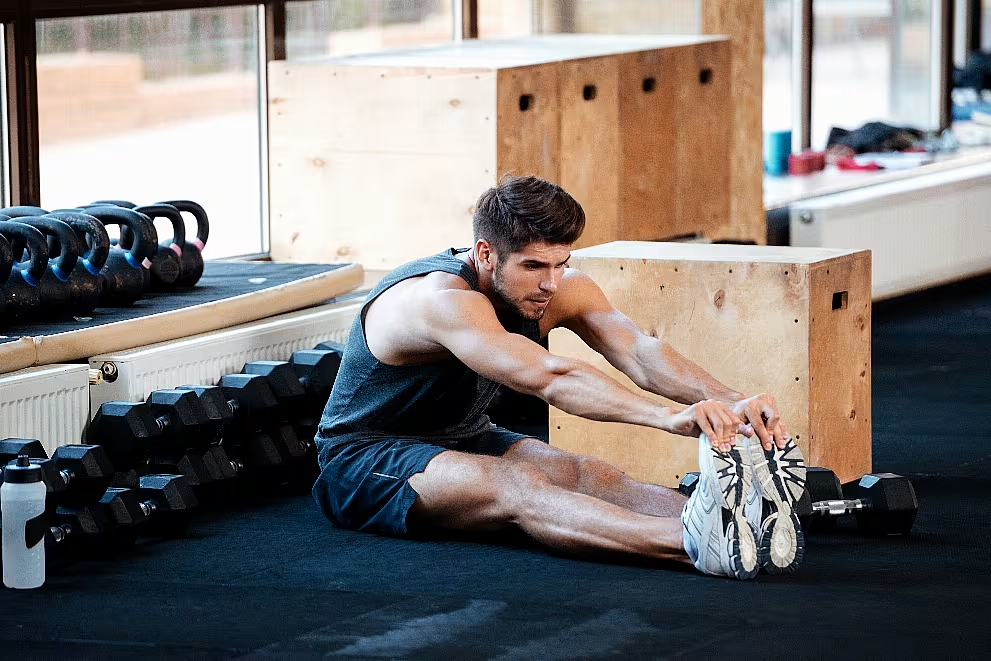
While January gym-kicks are important, there is more to fitness than pure strength. Mobility is as effective and influential.
The difference between flexibility and mobility
Both mobility and flexibility matter yet they are not the same or interchangeable. There is ample data to demonstrate the difference and significance of both, but at a very elementary level the difference is this; flexibility is the length of a muscle while mobility is how a joint moves.
Flexibility is often a component of mobility.
Ways to improve it
The basic means of improvement is understanding correct movement and identifying systems that lead to pain and injury. There are specific routines that can allow you boost performance and optimise the range of motion.
A routine will either be proactive or reactive. If you can identify pain/tightness, you are reacting to it and may require expert assistance from a qualified physiotherapist or medical professional. If you are looking to improve performance and minimise injury, there are several free and subscription programmes which will help.
The stand-out guru of this area is mobilityWOD founder Kelly Starrett. His book, 'Becoming a Supple Leopard', was featured on The New York Times bestselling sports books list. Starrett has a comprehensive array of material online and his YouTube channel is a remarkable source of exercise guides and stretching routines.
Let's take the pigeon pose to the next level: super pigeon. Grab a roller and tack that tissue down in your thigh to help improve your squatting.
Follow the link + Daily Recover to follow along with Kelly and Margaret in the full video: https://t.co/Ih7njWJyab pic.twitter.com/IPy806sc9K
— Kelly Starrett (@mobilitywod) January 19, 2019
Starrett has a subscription scheme called mobilityWOD. An alternative to that is ROMWOD. If you want to see what works for you, both include a trial period. ROMWOD stands for Range Of Motion Workout Of the Day. It is a website that provides daily videos designed to increase range of motion, optimize athletic performance, and promote healing, recovery, and longevity.
Each video includes a guided routine, varying in length from 15 to 50 minutes. You can customise target areas and length.
In terms of free, constant sources of information. There are several Instagram accounts worth following. California-based trainer Hunter Cook routinely amazes with his own mobility while providing helpful tips.
Another good Youtuber/podcaster is Joe DeFranco. DeFranco is a performance enhancement specialist who deals particularly with sports.
The ultimate factor that will impact mobility is adherence. Find a programme and routine that is easily incorporated and stick to it. Like all good things, it takes time. Yet in terms of overall wellness and expert performance, it is certainly worth it.








